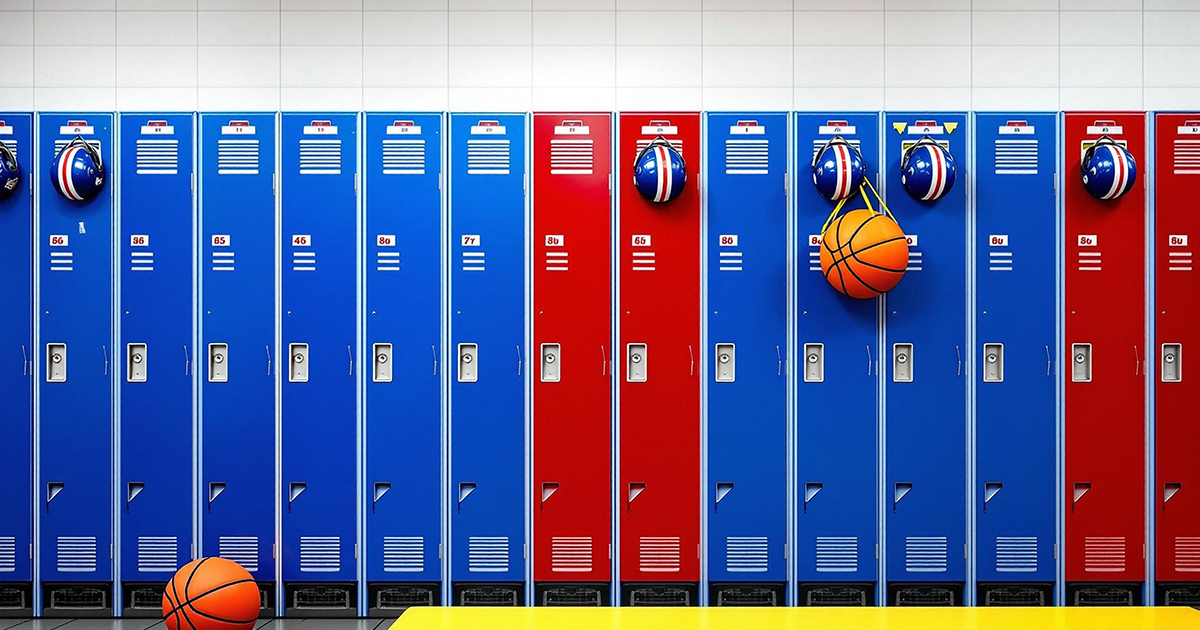
Startups Are Not The Same As Traditional Businesses
Introduction to Startups and Traditional Businesses Startups Are Not The Same as traditional businesses often get lumped together, but they couldn’t be more different. The two […]

Introduction to Startups and Traditional Businesses Startups Are Not The Same as traditional businesses often get lumped together, but they couldn’t be more different. The two […]

Group Activities to Improve Mental health is often an overlooked aspect of well-being, especially in the elderly community. As our loved ones age, their mental […]

Communicating with Non-Native-Presenting in front of a diverse audience can be both exciting and challenging. When non-native English speakers are involved, the stakes seem even […]

Introduction: The Importance of Kitchen Appliances for Home Chefs Kitchen Appliances-Every home chef knows that the kitchen is the heart of their culinary adventures. It’s […]

Introduction to Amsterdam and its Charm Perfect Day in Amsterdam-Amsterdam is a city that effortlessly blends history, culture, and modernity. With its picturesque canals, vibrant […]

Ace Your Next Developer-Are you gearing up for your next developer interview? The excitement can be overwhelming, but so can the anxiety. With a world […]

Introduction to the importance of social media and digital marketing for drink sales Guide to Boosting Drink Sales-In today’s fast-paced digital world, the way we […]

Introduction to Total Locker Service Locker Service is the Best-When it comes to sports, having the right gear is essential. But what about where you […]

Introduction to Credit Repair Services When Choosing a Credit-Your credit score can feel like a shadow looming over your financial dreams. Whether you’re hoping to […]

Benefits of Combining Rolfing-Are you seeking a holistic approach to wellness that not only strengthens your body but also nurtures your mind? If so, combining […]
Copyright © 2025 | WordPress Theme by MH Themes